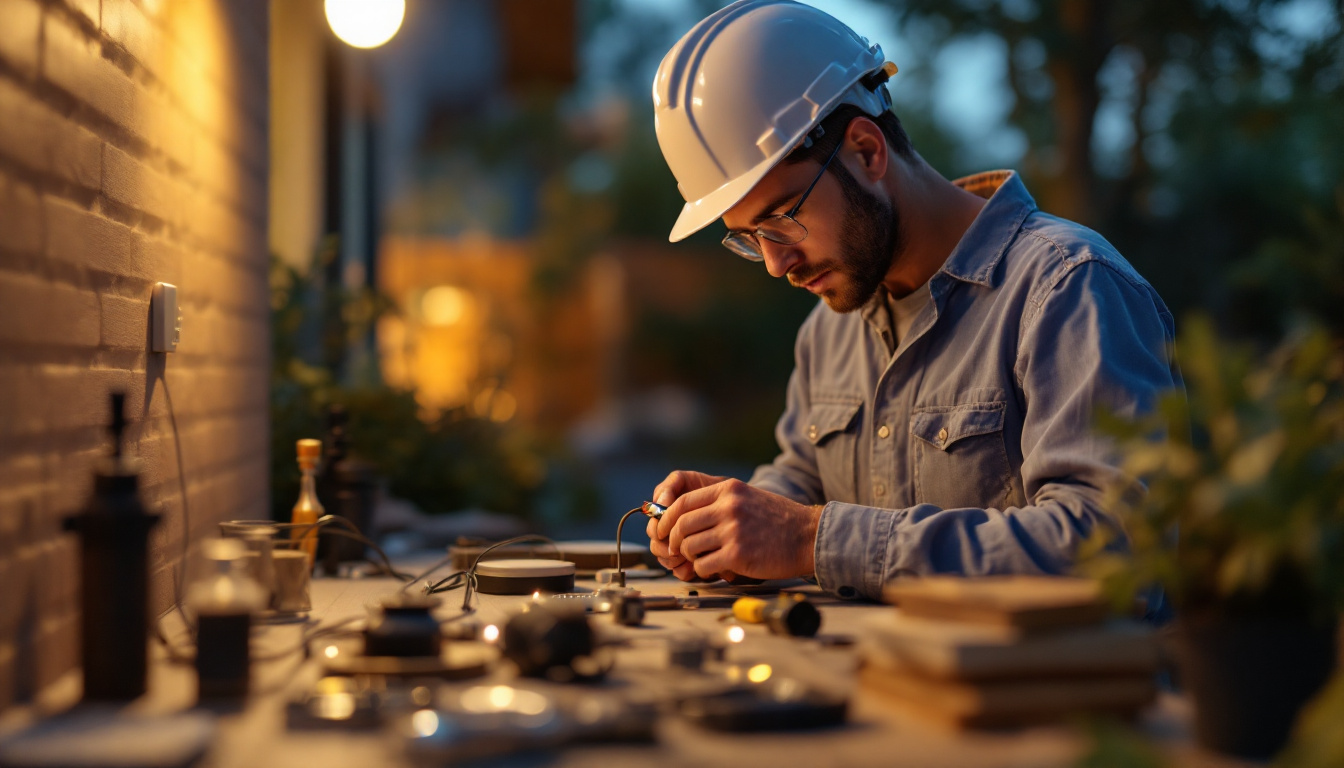
As the demand for outdoor lighting solutions continues to rise, the importance of using waterproof connectors in electrical installations cannot be overstated. For lighting contractors, understanding the intricacies of wiring waterproof connectors is essential for ensuring safety, durability, and efficiency in their projects. This article explores various approaches and best practices that lighting contractors can adopt when working with waterproof connectors.
Waterproof connectors are designed to prevent moisture ingress, which can lead to electrical failures and safety hazards. These connectors are essential in outdoor lighting applications, where exposure to rain, snow, and humidity is a constant concern. The right waterproof connector not only protects the electrical connections but also enhances the longevity of the lighting fixtures. In addition to outdoor lighting, these connectors are also crucial in various industries, including automotive, marine, and telecommunications, where exposure to the elements can compromise performance and safety.
Investing in high-quality waterproof connectors can significantly reduce maintenance costs and downtime. For instance, in marine applications, connectors must withstand not just water but also salt, which can be particularly corrosive. Using connectors that are specifically designed for such environments ensures that electrical systems remain reliable and functional, even in the harshest conditions. Furthermore, advancements in technology have led to the development of connectors that not only provide waterproofing but also offer additional features such as resistance to chemicals and extreme temperatures.
There are several types of waterproof connectors available in the market, each with its unique features and applications. Some common types include:
In addition to these standard types, there are also specialized connectors designed for specific applications. For example, some connectors are engineered for high-voltage environments, ensuring that they can handle the electrical load while maintaining their waterproof properties. Others might feature locking mechanisms that prevent accidental disconnection, which is particularly useful in dynamic environments where movement is frequent, such as in industrial settings or on construction sites.
When selecting waterproof connectors, lighting contractors should consider several key features:
Moreover, it is essential to consider the connector’s compatibility with existing systems. Some connectors come with customizable options, allowing for various pin configurations and sizes, which can be particularly advantageous when integrating new systems with older infrastructure. Additionally, understanding the environmental ratings and certifications of the connectors can provide further assurance of their reliability and performance in specific applications. This attention to detail can make a significant difference in ensuring the safety and efficiency of electrical installations across diverse environments.
Wiring waterproof connectors requires a methodical approach to ensure a secure and reliable connection. Following best practices can help lighting contractors avoid common pitfalls and ensure the longevity of their installations.
Before beginning any installation, thorough preparation and planning are crucial. This includes:
In addition to these steps, it is beneficial to familiarize oneself with local codes and regulations regarding electrical installations. Compliance with these standards not only ensures safety but can also prevent costly rework or fines. Furthermore, consulting with experienced colleagues or industry professionals can provide insights into best practices specific to the project at hand, helping to identify potential challenges before they arise.
Proper wiring techniques are essential for creating secure and waterproof connections. Here are some techniques to consider:
Additionally, it is advisable to use dielectric grease on the connectors before sealing them. This grease not only enhances the waterproofing capabilities but also prevents corrosion over time, which can be a significant issue in outdoor installations. Moreover, when working with multiple wires, consider color-coding or labeling them to simplify future maintenance or troubleshooting, ensuring that anyone who may work on the system later can easily identify connections.
After wiring the connectors, it is crucial to test and verify the connections to ensure functionality and safety. Consider the following steps:
Furthermore, documenting the testing process can be invaluable for future reference. Keeping a log of tests performed, including any anomalies and corrective actions taken, can serve as a useful resource for ongoing maintenance and troubleshooting. It is also wise to periodically recheck the connections after installation, especially after severe weather events, to ensure that the integrity of the waterproofing remains intact and that no new issues have arisen.
Even with careful planning and execution, lighting contractors may encounter challenges when wiring waterproof connectors. Understanding these challenges and having solutions at hand can help mitigate potential issues.
Moisture ingress is one of the most common challenges faced by lighting contractors. This can occur due to inadequate sealing or improper installation techniques. To combat this issue:
Corrosion can significantly impact the performance and lifespan of connectors. It can be caused by exposure to moisture and environmental pollutants. To prevent corrosion:
Connection failures can occur due to poor wiring practices or inadequate connectors. To minimize this risk:
The field of waterproof connectors is continually evolving, with new technologies emerging to enhance performance and reliability. Lighting contractors should stay informed about these innovations to remain competitive in the industry.
Smart connectors are equipped with built-in sensors that can monitor environmental conditions and alert users to potential issues. This technology can help contractors proactively address problems before they escalate.
Self-sealing connectors utilize advanced materials that expand upon contact with moisture, creating a watertight seal. This innovation simplifies installation and reduces the risk of human error.
As sustainability becomes increasingly important, eco-friendly waterproof connectors made from recyclable materials are gaining popularity. These options not only reduce environmental impact but also appeal to environmentally conscious clients.
Wiring waterproof connectors is a critical skill for lighting contractors, ensuring that outdoor lighting installations are safe, reliable, and long-lasting. By understanding the types of connectors available, following best practices for installation, and staying informed about industry innovations, contractors can enhance their service offerings and meet the growing demand for outdoor lighting solutions. Embracing these approaches will not only improve project outcomes but also elevate the contractor’s reputation in a competitive market.
In an industry where quality and reliability are paramount, investing time and resources into mastering waterproof connector wiring will pay off in the long run. As the landscape of outdoor lighting continues to evolve, those who adapt and innovate will undoubtedly lead the way.
Ready to elevate your lighting projects with the best waterproof connectors on the market? Look no further than LumenWholesale for all your spec-grade lighting needs. Our extensive selection of high-quality, durable connectors is available at unbeatable wholesale prices, ensuring you get the most value for your investment. Say goodbye to local distributor markups and hello to hassle-free bulk buying with free shipping. Don’t compromise on quality or affordability—choose LumenWholesale for reliable, high-performance lighting solutions that stand the test of time. Wholesale Lighting at the Best Value is just a click away. Experience the difference today!
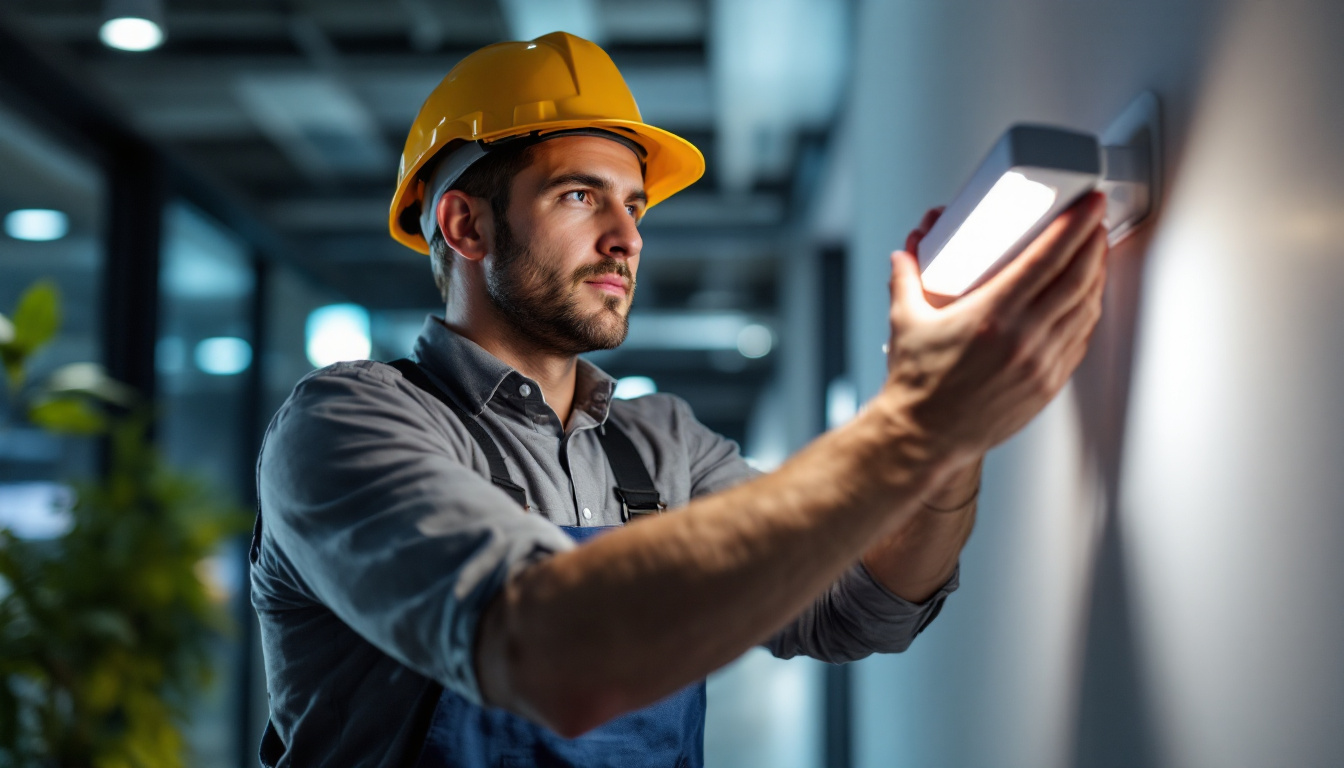
Discover innovative hacks for smart lighting contractors to optimize emergency LED lighting installations.
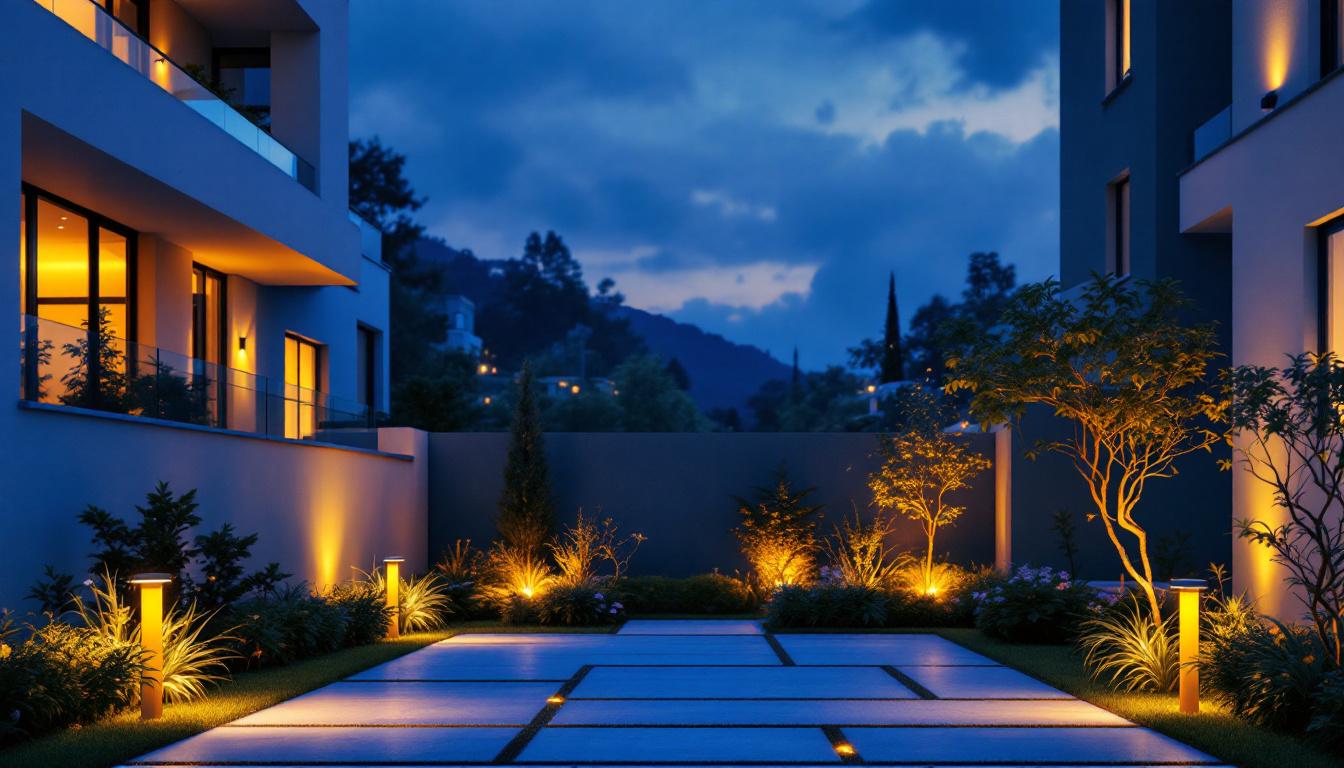
Discover how weatherproof outdoor lights can enhance energy efficiency in your home.
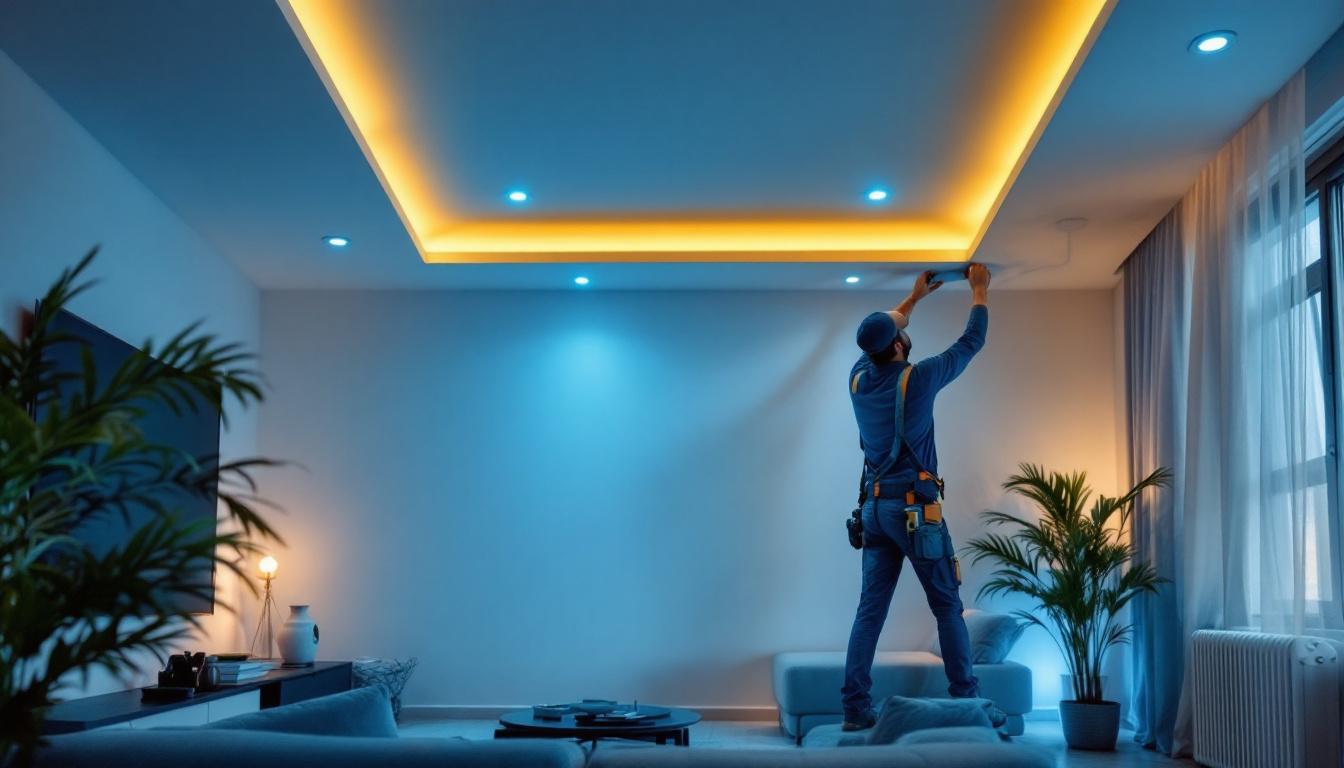
Discover the latest housing recessed lighting trends every contractor must know. Learn how to enhance space, boost efficiency, and stay ahead—read now!.
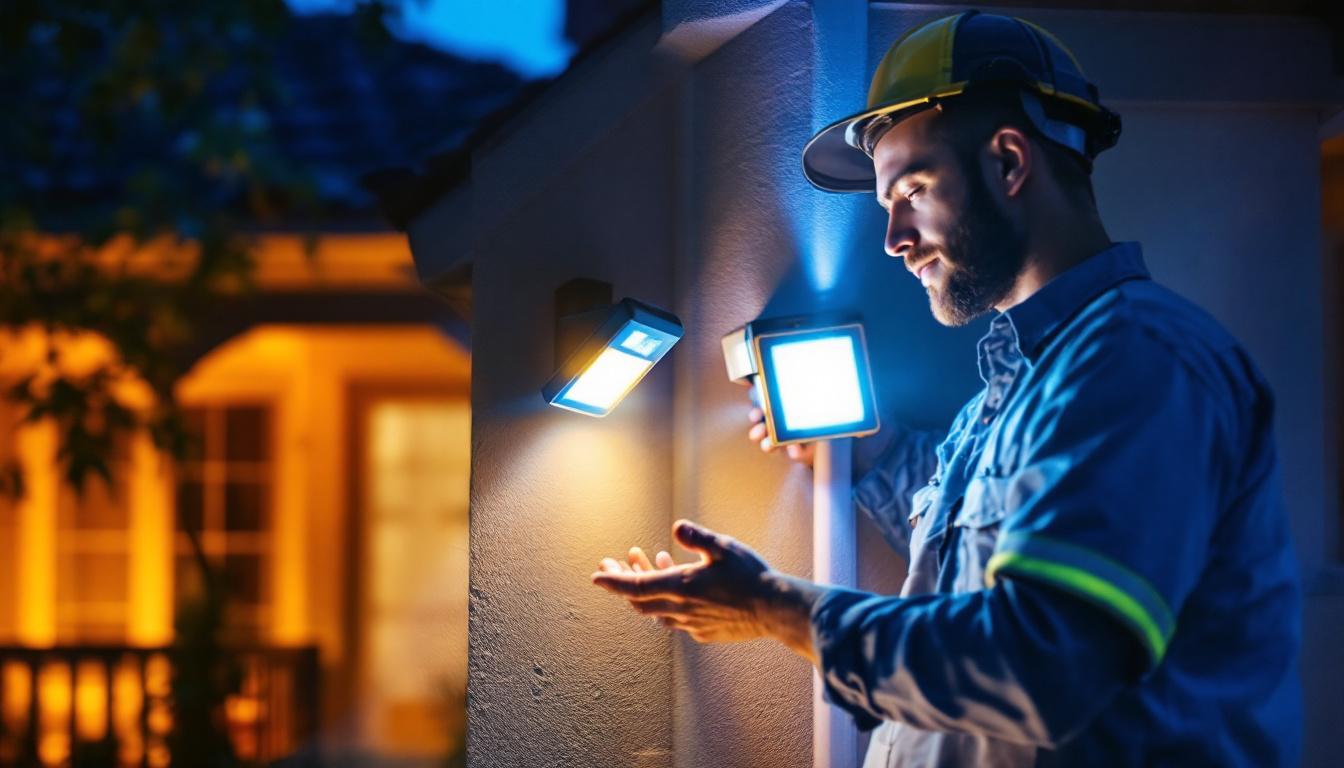
Discover the essential guide for lighting contractors in “Security Light Motion: The Ultimate Handbook.” Explore expert tips, innovative technologies, and best practices to enhance security lighting installations and elevate your projects to the next level..